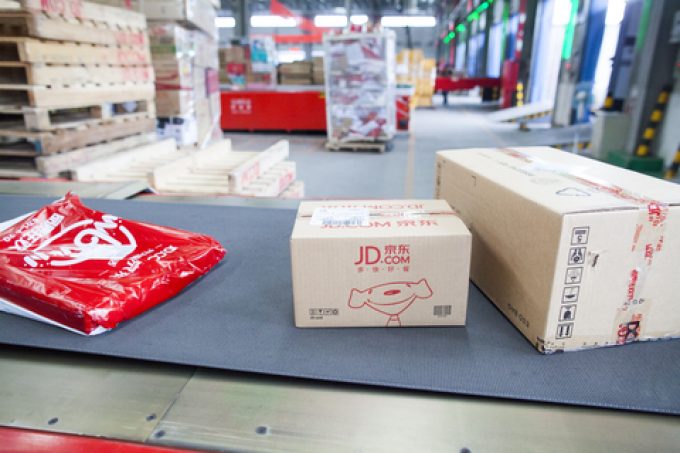Tariffs and de minimis set air freight rates on a volatile course
Airfreight rates are climbing as shippers rush to move goods before a potential trade war ...

Chinese e-commerce site JD.com’s big plans to develop international air freight operations got a boost this week when its affiliated airline received its air carrier certificate from the CAAC.
JD Airlines (Jiangsu Jingdong Cargo Airlines) already has two 737 converted freighters in its fleet, with a third set to follow.
Based at Nantong Xingdong International Airport, the carrier will initially focus on three of China’s key economic areas – the Yangtze River Delta, Bohai Sea and Pearl River Delta, with destinations including ...
Maersk u-turn as port congestion increases across Northern Europe
Maersk Air Cargo sees volumes fall as it aims for 'margin in favour of revenue'
Keep our news independent, by supporting The Loadstar
Container spot rates diverge: to Europe still falling, but firmer to the US
Hapag-Lloyd won't take bookings if port congestion leaves cargo stranded
Ecommerce likely the front-runner in resurge of transpacific trade after deal
Airfreight players eye new routes as demand on the transpacific nosedives
Service chaos from trade ban with India a problem for Pakistan shippers
China-US trade tariff pause could drive a rebound for transpacific rates
Airfreight rates ex-China 'loss-making', but hopes of a trade deal stay high
Indian coastal freight attracts major carriers, but regional tension disrupts
Serious threat to jobs in US logistics as tariffs cause economic 'stagflation'
APMM floats along on 'solid' Q1 profitability in Ocean, well prepared for choppy water
MSC in terminal switch as Nhava Sheva gets strong start to new fiscal year
White House u-turns see freighters flying but keep logistics players on their toes
Carriers impose 'emergency operation' surcharges on Pakistan cargo


Comment on this article